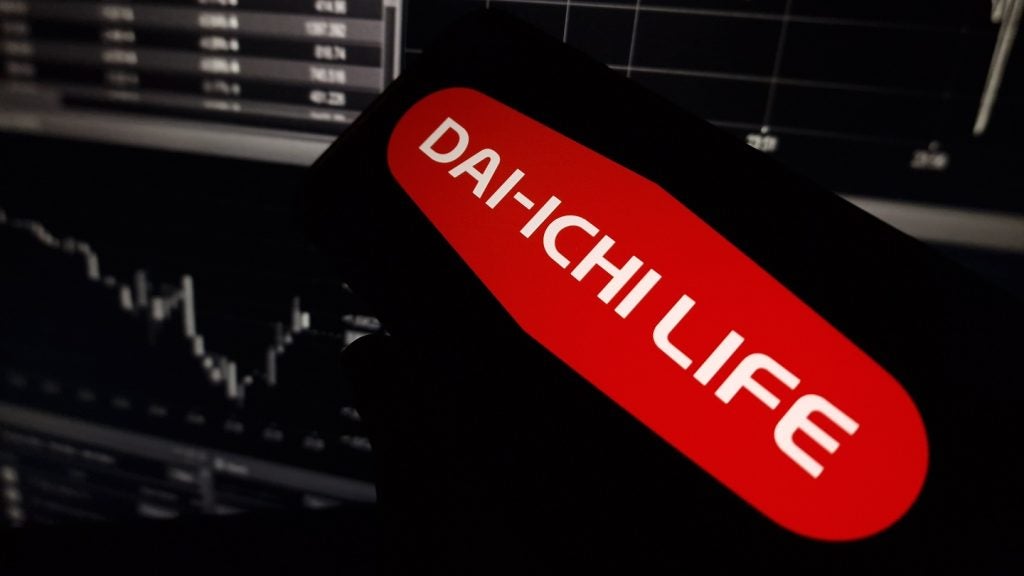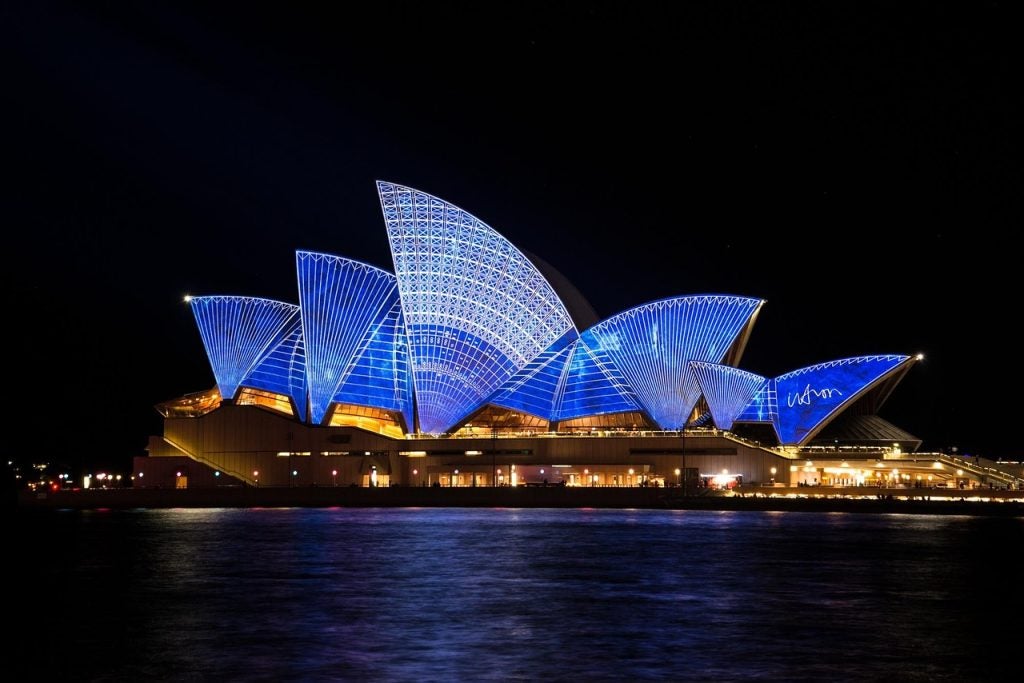Industry Attractiveness
The Kuwaiti insurance industry is relatively small when compared to other countries in the Gulf Cooperation Council (GCC) region such as Qatar and Bahrain. The industry is expected to grow as a result of favorable changes in foreign direct investment (FDI) law, population growth, and rising exports, disposable income and oil revenues. The Kuwaiti insurance industry grew in terms of gross written premium at a CAGR of 9.2% to value KWD236.8 million (US$845.7 million) in 2012, due to increased consumer awareness, and mandatory health and motor insurance in the country.
The industry is dominated by domestic insurers. The government has permitted 100% FDI in insurance since the inception of the FDI law in 2001, but the entry of foreign insurers has been hampered by strict regulations and the complexities associated with the previous FDI law. Foreign investors faced difficulties in receiving a license from the Kuwait Foreign Investment Bureau (KFIB), and the processing period was also high – typically eight months. The Kuwaiti government reformed the FDI law in 2013, as a result of which the Direct Investment Promotion Authority (DIPA) replaced the KFIB as the overseeing authority. The DIPA processes all license requests within 30 days. This reform of the FDI law is expected to have a positive impact on the insurance industry.
The most recent insurer to enter the Kuwaiti insurance industry was United Insurance Company, in 2010. The entry of foreign insurers is expected to increase as the Ministry of Commerce and Industry (MoCI) continues to provide licenses with the help of DIPA. Until 1990, there were only four domestic insurers in Kuwait: Kuwait Insurance (KIC), Gulf Insurance (GIC), AI-Ahleia Insurance and Warba Insurance. However, the number of companies has consistently increased over the last two decades: in 2012, there were 34 insurance companies in the country, 23 domestic and 11 foreign. Of the domestic insurers, 10 were conventional, 11 were takaful, and two were reinsurers, while the foreign companies comprise 10 conventional insurers and one takaful operator. With an aim to access the relatively untapped Islamic insurance market, many insurers have launched separate takaful operations, leading to an increase in the number of companies.
A rise in the number of internet users has led to the development of mobile applications. GIC, for example, launched a free iPhone app in 2012, allowing individual customers to access many of its services on a mobile phone.
The insurance industry is dominated by the non-life segment, which accounted for 61.0% of the total gross written premium in 2012. Compulsory motor insurance drove the growth of non-life insurance, with a gross written premium of KWD57.3 million (US$204.7 million) in 2012, accounting for 39.7% of the overall non-life written premium. Marine, aviation and transit insurance was the second-largest category in the non-life segment with a gross written premium of KWD45.3 million (US$161.8 million) in 2012.
Personal accident and health was the second-largest segment in 2012 with a gross written premium of KWD46.7 million (US$167.0 million), recording a CAGR of 17.9%. Mandatory health insurance for expatriates drove growth in the segment. Health insurance was the largest category in the segment, accounting for 74.4% of its written premium in 2012, followed by personal accident insurance.
The life segment grew in terms of gross written premium from KWD30.6 million (US$113.9 million) in 2008 to KWD45.7 million (US$163.1 million) in 2012, at a CAGR of 10.5%. The segment accounted for 19.3% of the insurance industry’s gross written premium in 2012.
Growing awareness, population growth and rising disposable incomes will enable the life segment to record a CAGR of 8.2% to reach KWD67.7 million (US$238.6 million) in 2017. Non-life insurance is expected to grow from KWD144.4 million (US$515.6 million) in 2012 to KWD195.4 million (US$688.3 million) in 2017, at a CAGR of 6.2%, as a result of rising exports, increased construction activity and mandatory motor insurance. Personal accident and health insurance is expected to grow from KWD46.7 million (US$167.0 million) in 2012 to KWD95.0 million (US$334.8 million) in 2017, at a projected CAGR of 15.2%, supported by rising healthcare expenditure and improving consumer awareness of the benefits of personal accident insurance.
Industry Size
The written premium of the Kuwaiti insurance industry increased from KWD166.7 million (US$620.3 million) in 2008 to KWD236.8 million (US$845.7 million) in 2012, at a CAGR of 9.2%.
The life segment accounted for 19.3% of the written premium of the overall insurance industry in 2012. The written premium of the life segment valued KWD45.7 million (US$163.1 million) in 2012, after recording a CAGR of 10.5%.
The non-life segment accounted for 61.0% of the overall insurance industry’s written premium in 2012. The segment’s written premium increased from KWD112.0 million (US$416.5 million) in 2008 to KWD144.4 million (US$515.6 million) in 2012, at a CAGR of 6.6%.
The personal accident and health segment accounted for 19.7% of the overall insurance industry’s written premium in 2012, with a value of KWD46.7 million (US$167.0 million). This segment recorded a CAGR of 17.9%..
Segment Outlook
The life insurance segment recorded notable growth, from KWD30.6 million (US$113.9 million) in 2008 to KWD45.7 million (US$163.1 million) in 2012 a CAGR of 10.5%. The growth was driven by rising consumer awareness of life insurance, and increases in the population and disposable income.
Low penetration provides a further opportunity for life insurers to access the untapped market. Life insurance penetration stood at 0.09% in 2012 and is projected to increase to reach 0.12% in 2017 due to increasing consumer awareness of life insurance. For religious and cultural reasons, life insurance has not been able to compete with takaful products, and the Kuwaiti life segment is still largely underdeveloped with low product diversification.
Smartphone penetration in the country stood at 49.0% in 2013, higher than in Lebanon (36.0%) and Jordan (19.3%). Insurance companies are launching mobile apps to meet this new demand; Gulf Insurance Company (GIC) launched a free iPhone app in 2012, allowing mobile access to many of its services.
The country has a strong pension system which poses a threat to private pension products in the life segment. Kuwait’s pension system is considered to be the strongest in the GCC.
The industry’s liberal regulatory environment is expected to drive life insurance. The country allows 100% FDI in the insurance industry, and reforms to the FDI law in 2013 are expected to encourage foreign insurers to launch operations in Kuwait. The Kuwaiti government reformed the FDI law in 2013 as it was difficult for foreign insurers to receive licenses from the Kuwait Foreign Investment Bureau (KFIB), and the processing period was also high – typically eight months. The reforms resulted in the Direct Investment Promotion Authority (DIPA) replacing the KFIB as the overseeing authority. The DIPA processes all license requests within 30 days.
The reforms appear to have been effective; with eight new FDI projects reported in the first five months of 2013 compared to 16 projects in the entire of 2012. Foreign investors are targeting the financial services sector, which accounted for 52.0% of the overall FDI in 2012 and 63.0% during the first five months of 2013.
How well do you really know your competitors?
Access the most comprehensive Company Profiles on the market, powered by GlobalData. Save hours of research. Gain competitive edge.

Thank you!
Your download email will arrive shortly
Not ready to buy yet? Download a free sample
We are confident about the unique quality of our Company Profiles. However, we want you to make the most beneficial decision for your business, so we offer a free sample that you can download by submitting the below form
By GlobalDataDistribution Channels
The distribution network for life insurance products in Kuwait primarily comprises direct marketing, bancassurance, agencies, e-commerce and brokers.
Brokers were the largest distribution channel for life policies in terms of new business written premium generated in 2012. The value of new business written premium generated through the channel increased from KWD4.4 million (US$16.4 million) in 2008 to KWD6.4 million (US$22.8 million) in 2012. This value is projected to reach KWD8.6 billion (US$30.3 million) by 2017. Brokers accounted for 45.2% of written premium new business in 2012, which is expected to increase to 48.0% by 2017.
Agencies followed brokers in terms of new business written premium generated in the life segment in 2012. The value of the written premium new business collected through this channel increased from KWD5.4 million (US$20.1 million) in 2008 to KWD6.0 million (US$21.6 million) in 2012, to account for a 42.7% share. However, its share is expected to fall to 39.6% by 2017 because of the growth in direct marketing and e-commerce.
When purchasing life insurance products, the Kuwaiti population tends to remain loyal to specific insurers. This is reflected in the 8.5% share held by direct marketing channels employed by insurers in 2012. The share is expected to increase to reach 8.8% in 2017. The value of new business written premium generated through the channel fell from KWD1.3 million (US$4.8 million) in 2008 to KWD1.2 million (US$4.3 million) in 2012. This value is projected to increase to reach KWD1.6 million (US$5.5 million) by 2017.
An increase in the number of internet users has driven the growth of e-commerce in Kuwait. The value of new business written premium generated through the channel rose from KWD0.2 million (US$0.9 million) in 2008 to KWD0.4 million (US$1.3 million) in 2012. It is projected to reach KWD0.5 million (US$1.7 million) by 2017. E-commerce accounted for 2.5% of the new business written premium in 2012, which is expected to increase marginally to 2.7% by 2017.
The new business written premium collected through bancassurance rose from KWD0.11 million (US$0.4 million) in 2008 to KWD0.15 million (US$0.5 million) in 2012. Its share was 1.0% in 2012, which is expected to remain broadly unchanged. Keeping the reach of bancassurance into consideration, life insurance companies are linking up with banks. For example, in 2010, American Life Insurance Company signed an agreement with the Gulf Bank to market its products.
Porter’s Five Forces Analysis
Bargaining Power of Suppliers: Medium to High
The bargaining power of suppliers in the segment is assessed as medium to high. The main suppliers to life insurers are banks, financial institutions, foreign investors and reinsurance companies. The segment is dominated by domestic companies. The minimum capital requirement for life insurers is KWD5 million (US$17.9 million), and this is expected to increase the bargaining power of capital providers as life insurers will need funds to meet the new requirements.
The country has a shortage of local skilled underwriters, and is dependent on expatriates with strong bargaining power, and who are, as a result, expensive.
Bargaining Power of Buyers: Medium to High
Buyer bargaining power is assessed as medium to high, with corporate buyers having significantly greater bargaining power than individual buyers. While the compulsory nature of professional indemnity for insurance consultants limits bargaining power, the presence of a large number of life health insurers in the country means buyers have plenty of options. As information becomes increasingly available online, buyers are becoming more aware of the diversity of life insurance products, enhancing their bargaining power. Consumers are also both price-sensitive and returns-oriented, and can switch relatively easily to other available insurance products.
Barriers to Entry: Low to Medium
Barriers to entry in the Kuwaiti life segment are assessed as low to medium. To start an insurance operation in Kuwait, an insurer is required to register its operations with the MoCI. Kuwait allows 100% foreign ownership in local insurers, and foreign insurance companies are permitted to operate in Kuwait by establishing a branch in the country. Barriers to entry are increased by the relatively high minimum capital and reserve requirements of KWD5 million (US$17.9 million) and KWD500,000 (US$1.2 million), respectively. The fragmented nature of the segment provides opportunities for foreign insurers.
Intensity of Rivalry: High
The intensity of competition in the life segment is assessed as high, with the participation of foreign insurers in the life segment intensifying the rivalry. The segment has a significant number of operators with relatively undeveloped service levels and low product differentiation. The newest insurance company to enter the Kuwaiti insurance industry was United Insurance Company in 2010, and more are expected to follow as the MoCI continues to grant licenses with the help of DIPA.
Threat of Substitutions: Medium to High
The threat of substitutes in the Kuwaiti life segment is assessed as medium to high. A strong public pension system acts as a threat to life insurance, and adequate substitutes are available such as fixed deposits, bank savings, and investments in government securities. Takaful insurance also poses threat to life products.







